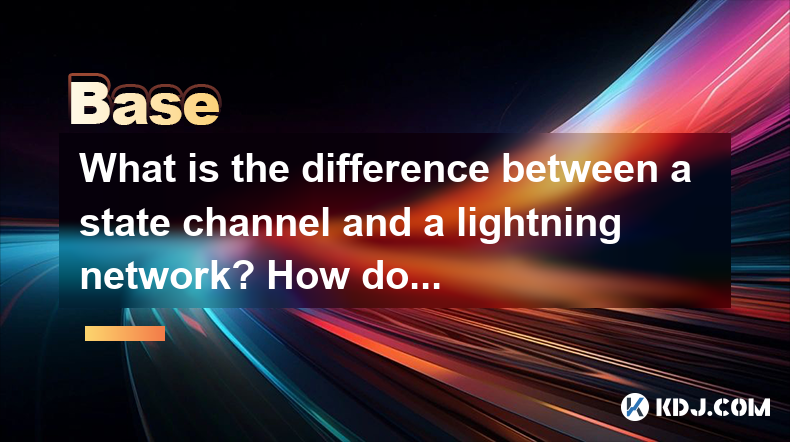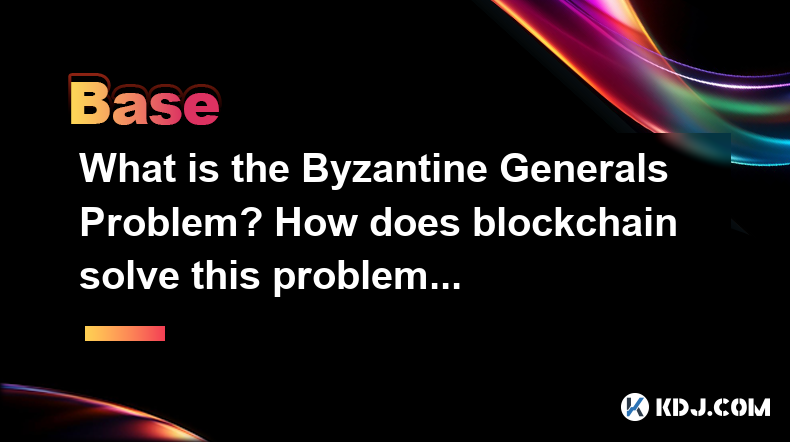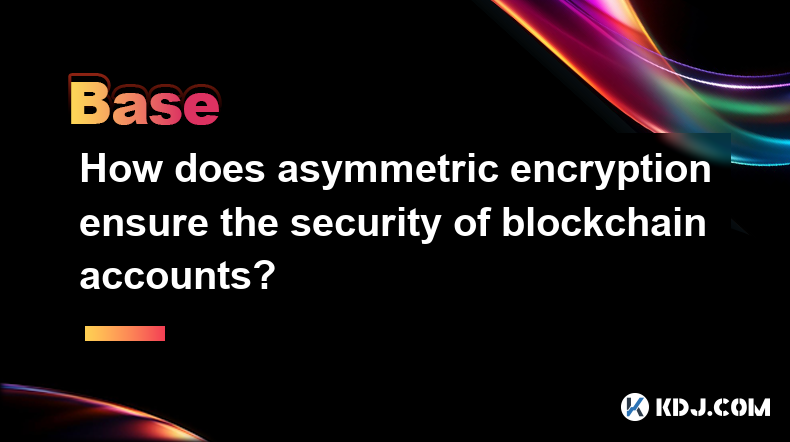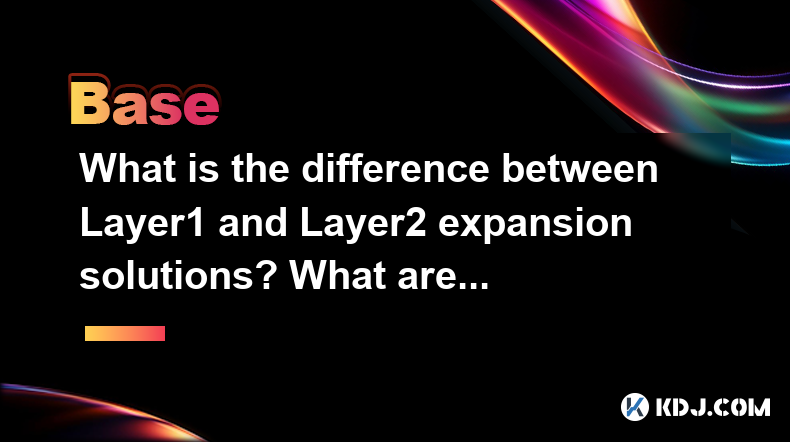-
 Bitcoin
Bitcoin $83,379.8262
-0.22% -
 Ethereum
Ethereum $1,808.9744
-0.10% -
 Tether USDt
Tether USDt $0.9996
-0.01% -
 XRP
XRP $2.1277
-0.23% -
 BNB
BNB $592.2559
-0.39% -
 Solana
Solana $120.3337
-0.47% -
 USDC
USDC $1.0000
0.00% -
 Dogecoin
Dogecoin $0.1673
-1.02% -
 Cardano
Cardano $0.6451
-1.84% -
 TRON
TRON $0.2363
-0.26% -
 UNUS SED LEO
UNUS SED LEO $9.1458
-0.83% -
 Chainlink
Chainlink $12.7793
-0.56% -
 Toncoin
Toncoin $3.2673
-1.55% -
 Stellar
Stellar $0.2520
-2.16% -
 Shiba Inu
Shiba Inu $0.0...01225
-0.61% -
 Avalanche
Avalanche $17.3800
-4.22% -
 Sui
Sui $2.1777
-2.42% -
 Hedera
Hedera $0.1598
-1.89% -
 Litecoin
Litecoin $82.2500
-2.13% -
 Polkadot
Polkadot $3.9448
-1.53% -
 MANTRA
MANTRA $6.2479
-0.74% -
 Bitcoin Cash
Bitcoin Cash $296.5992
-1.37% -
 Dai
Dai $1.0000
0.00% -
 Bitget Token
Bitget Token $4.4594
-1.24% -
 Ethena USDe
Ethena USDe $0.9991
0.00% -
 Pi
Pi $0.6491
40.21% -
 Monero
Monero $214.4034
-1.57% -
 Hyperliquid
Hyperliquid $11.7671
0.04% -
 Uniswap
Uniswap $5.8336
-0.74% -
 OKB
OKB $54.1767
5.56%
What Is the Acid Test Ratio?
The acid test ratio, calculated as (Current Assets - Inventory) / Current Liabilities, measures a company's ability to meet its immediate debt obligations with its most liquid assets, indicating the financial health and liquidity of a company.
Oct 16, 2024 at 03:11 pm

What Is the Acid Test Ratio?
1. Definition:
The acid test ratio, also known as the quick ratio, is a financial metric that measures a company's ability to meet its short-term debt obligations with its most liquid assets.
2. Calculation:
The acid test ratio is calculated as follows:
Acid Test Ratio = (Current Assets - Inventory) / Current Liabilities3. Interpretation:
An acid test ratio of 1.0 or higher is generally considered healthy, indicating that a company has sufficient liquid assets to cover its current liabilities. A ratio below 1.0 suggests that the company may have difficulty meeting its short-term obligations.
4. Key Points:
- Unlike other liquidity ratios, the acid test ratio excludes inventory from current assets because inventory can be difficult or time-consuming to sell.
- The acid test ratio is a more stringent measure of liquidity than the current ratio, as it assumes that inventory may not be readily available to generate cash.
- It is particularly useful for industries where inventory represents a significant portion of current assets or where inventory turnover is slow.
5. Importance:
The acid test ratio is an important indicator of a company's financial health and its ability to withstand short-term financial stress. Lenders, creditors, and investors often use the acid test ratio to assess a company's creditworthiness and repayment capacity.
6. Limitations:
- The acid test ratio does not consider all factors that can affect a company's liquidity, such as access to lines of credit or long-term debt.
- It can be influenced by seasonal fluctuations in business activity or industry-specific factors.
- Companies with limited inventory may have a low acid test ratio, even if they are not facing liquidity problems.
Disclaimer:info@kdj.com
The information provided is not trading advice. kdj.com does not assume any responsibility for any investments made based on the information provided in this article. Cryptocurrencies are highly volatile and it is highly recommended that you invest with caution after thorough research!
If you believe that the content used on this website infringes your copyright, please contact us immediately (info@kdj.com) and we will delete it promptly.
- I'm going to be honest with you, I had a version of this article virtually written with Duke being in the National Championship
- 2025-04-06 14:30:12
- Bitcoin Resists as Wall Street Loses $3.25T in One Day
- 2025-04-06 14:30:12
- Despite the obvious signs of the speculative market for these particular cryptos cooling off, experienced traders continue to be interested in memecoins
- 2025-04-06 14:25:12
- Bitcoin developers are developing a substantial update to shield cryptocurrency from quantum computing cybersecurity threats.
- 2025-04-06 14:25:12
- Circle Internet Financial, the issuer of the frequently used StableCoinet USD Coin (USDC), prepares for IPO through a IPO (IPO).
- 2025-04-06 14:20:12
- Brazilians Invest More in Cryptocurrency Than in the Stock Market
- 2025-04-06 14:20:12
Related knowledge

What is the difference between a state channel and a lightning network? How do they improve transaction efficiency?
Apr 05,2025 at 05:21pm
State channels and the Lightning Network are two significant technologies within the cryptocurrency ecosystem aimed at improving transaction efficiency on blockchain networks. Both solutions address the scalability issues of blockchain systems, particularly in handling a high volume of transactions quickly and with low fees. However, they operate differ...

Why is the oracle called the bridge between blockchain and the real world?
Apr 04,2025 at 04:00am
The concept of an oracle in the cryptocurrency and blockchain world is crucial for understanding how these decentralized systems interact with external data. The oracle is often referred to as the bridge between blockchain and the real world because it serves as a vital intermediary that fetches, verifies, and transmits off-chain data to the on-chain en...

What is the Byzantine Generals Problem? How does blockchain solve this problem?
Apr 05,2025 at 06:29am
The Byzantine Generals Problem is a classic problem in the field of distributed computing and computer science, which has significant implications for the reliability and security of decentralized systems, including blockchain technology. This problem is named after a hypothetical scenario involving several generals of the Byzantine army who must coordi...

How does asymmetric encryption ensure the security of blockchain accounts?
Apr 06,2025 at 07:50am
Asymmetric encryption plays a critical role in securing blockchain accounts by providing a robust method of safeguarding private keys and ensuring secure transactions. This article delves into how asymmetric encryption works and why it is indispensable for the security of blockchain accounts. What is Asymmetric Encryption?Asymmetric encryption, also kno...

What role does the Merkle tree play in the blockchain? Why can it verify data integrity?
Apr 04,2025 at 01:29pm
The Merkle tree plays a crucial role in the blockchain, primarily due to its ability to efficiently and securely verify data integrity. This article will delve into the structure of a Merkle tree, its implementation in blockchain, and how it ensures the integrity of data. Understanding the Structure of a Merkle TreeA Merkle tree, also known as a hash tr...

What is the difference between Layer1 and Layer2 expansion solutions? What are their advantages and disadvantages?
Apr 05,2025 at 12:49pm
In the world of cryptocurrencies and blockchain technology, scalability is a critical issue that developers and users alike grapple with. To address this, the industry has developed various solutions, primarily categorized into Layer1 and Layer2 expansion solutions. Understanding the differences between these two approaches, along with their respective ...

What is the difference between a state channel and a lightning network? How do they improve transaction efficiency?
Apr 05,2025 at 05:21pm
State channels and the Lightning Network are two significant technologies within the cryptocurrency ecosystem aimed at improving transaction efficiency on blockchain networks. Both solutions address the scalability issues of blockchain systems, particularly in handling a high volume of transactions quickly and with low fees. However, they operate differ...

Why is the oracle called the bridge between blockchain and the real world?
Apr 04,2025 at 04:00am
The concept of an oracle in the cryptocurrency and blockchain world is crucial for understanding how these decentralized systems interact with external data. The oracle is often referred to as the bridge between blockchain and the real world because it serves as a vital intermediary that fetches, verifies, and transmits off-chain data to the on-chain en...

What is the Byzantine Generals Problem? How does blockchain solve this problem?
Apr 05,2025 at 06:29am
The Byzantine Generals Problem is a classic problem in the field of distributed computing and computer science, which has significant implications for the reliability and security of decentralized systems, including blockchain technology. This problem is named after a hypothetical scenario involving several generals of the Byzantine army who must coordi...

How does asymmetric encryption ensure the security of blockchain accounts?
Apr 06,2025 at 07:50am
Asymmetric encryption plays a critical role in securing blockchain accounts by providing a robust method of safeguarding private keys and ensuring secure transactions. This article delves into how asymmetric encryption works and why it is indispensable for the security of blockchain accounts. What is Asymmetric Encryption?Asymmetric encryption, also kno...

What role does the Merkle tree play in the blockchain? Why can it verify data integrity?
Apr 04,2025 at 01:29pm
The Merkle tree plays a crucial role in the blockchain, primarily due to its ability to efficiently and securely verify data integrity. This article will delve into the structure of a Merkle tree, its implementation in blockchain, and how it ensures the integrity of data. Understanding the Structure of a Merkle TreeA Merkle tree, also known as a hash tr...

What is the difference between Layer1 and Layer2 expansion solutions? What are their advantages and disadvantages?
Apr 05,2025 at 12:49pm
In the world of cryptocurrencies and blockchain technology, scalability is a critical issue that developers and users alike grapple with. To address this, the industry has developed various solutions, primarily categorized into Layer1 and Layer2 expansion solutions. Understanding the differences between these two approaches, along with their respective ...
See all articles




















































































